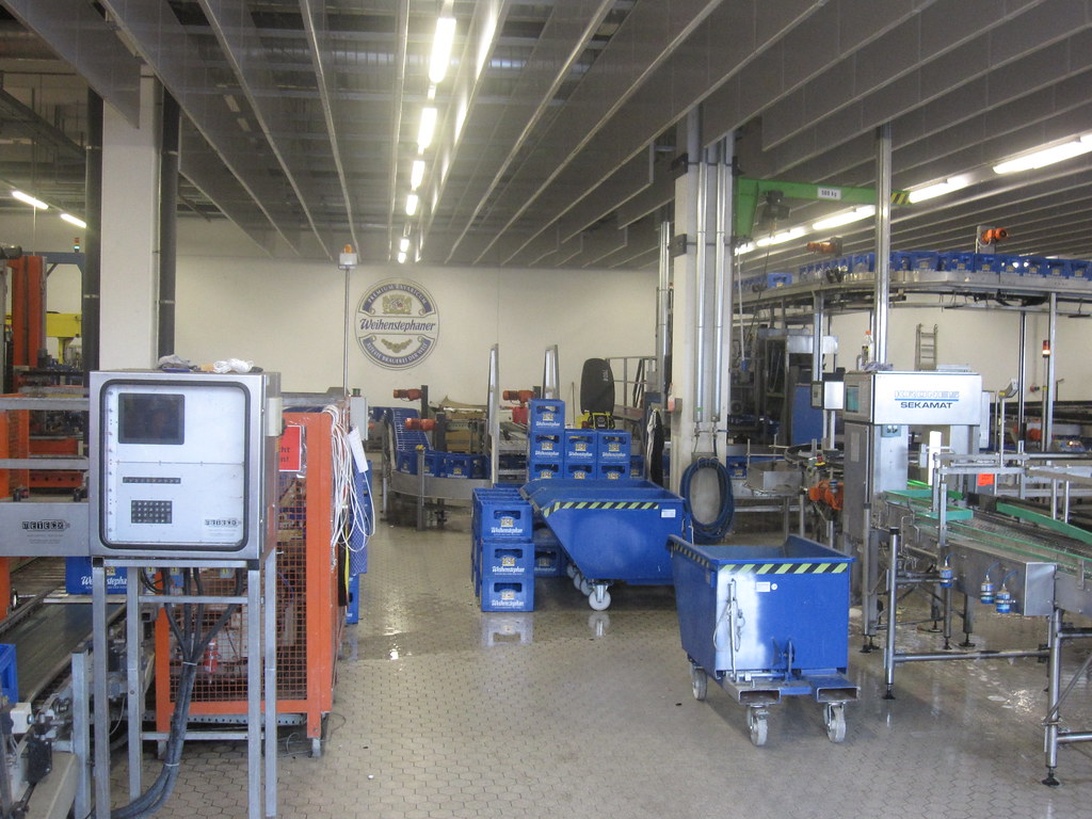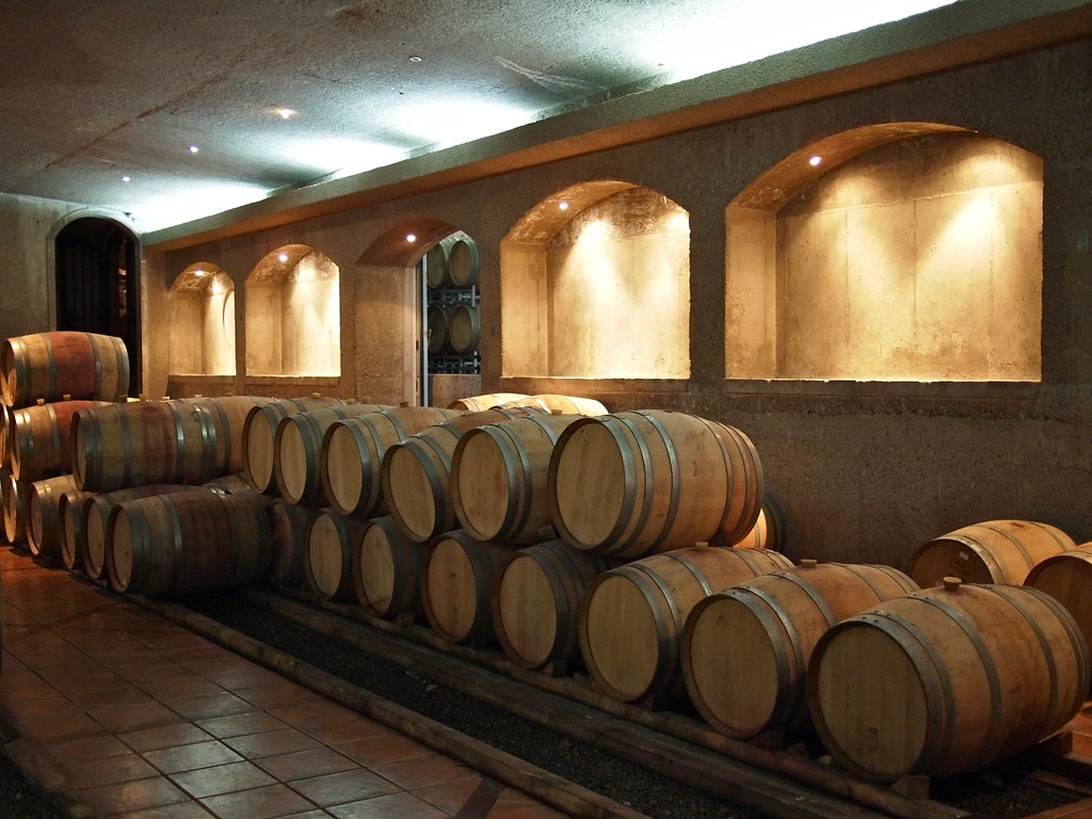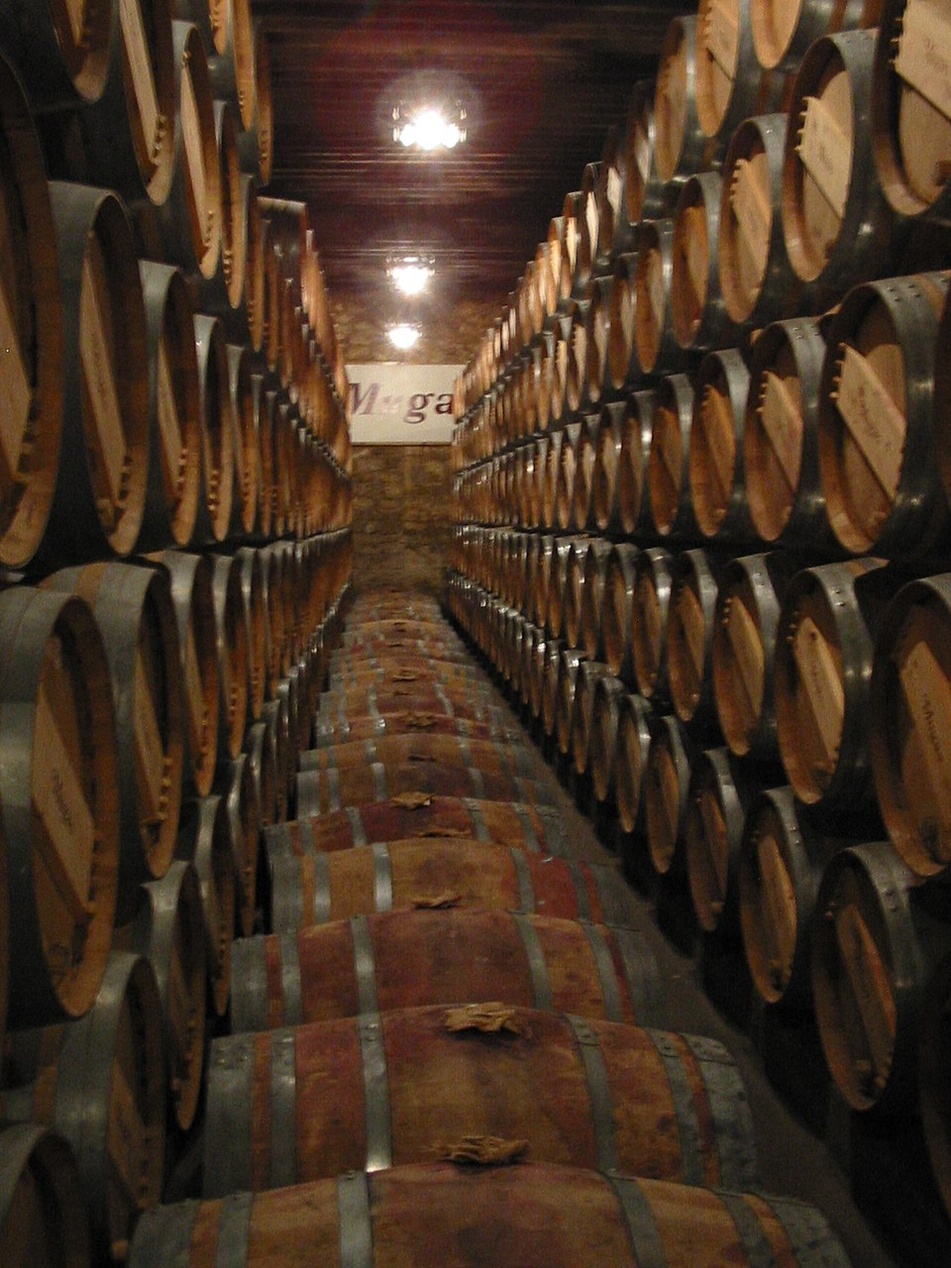I still vividly remember my first attempts at homebrewing. It was a charming mess of huge pots on the stove, thermometers that constantly fogged up, and a whole lot of guesswork. The results were usually drinkable, sometimes even really good, but rarely consistent. The contrast to today could not be greater. What was once a rustic and manual hobby has undergone a quiet revolution, driven by technological innovations that have given us homebrewers and winemakers a level of precision and control previously reserved for commercial operations. This evolution is not about removing the craft; it is about refining it and opening doors to a whole new world of creativity and quality.
The automated revolution: precision and simplicity
Perhaps the most transformative change I’ve seen is the arrival of automated, all-in-one brewing and fermentation systems. These incredible devices have streamlined what used to be a multi-step, labor-intensive process, giving creators like me more time to focus on what truly matters: the recipe.
All-in-one systems: your brewing command center
Forget the days of juggling separate vessels for mashing, lautering, and boiling. Today’s integrated systems, like the BREWHA BIAC (Brew in a Conical), combine all these steps into a single, cleverly designed unit. This not only saves space but also streamlines the entire process, making it more efficient and repeatable. Many systems also include amazing quality-of-life features. I’ve seen systems with integrated lifts to save your back when handling heavy grain bags, tippable mash tuns for easy cleanup, and even automated hop feeders that add your hops at the perfect moment without you lifting a finger.

Smart controls and remote brewing
Many of these systems are equipped with advanced digital control panels, often with touch screens, that let you program and monitor the entire brew day with a few taps. Some systems go even further, offering complete remote control via a smartphone or tablet. Imagine being able to adjust the mash temperature from your couch or getting a notification when it is time to add hops. Some high-end systems even respond to voice commands! This level of automation frees the brewer from monotonous tasks, letting us focus on recipe development and fine-tuning flavors.
Mastering the craft with data and control
To create a fantastic beer or wine, controlling the variables of the process is everything, and here, technology has given us superpowers. It allows for a degree of accuracy that was once unimaginable in a home setting, and I’ve found it makes all the difference.
The importance of temperature control
Precise temperature control is a perfect example. Advanced setups now use techniques like RIMS (Recirculating Infusion Mash System), where wort is continuously pumped over a heating element, or HERMS (Heat Exchanger Recirculating Mash System), which uses a heat-exchanging coil to gently warm the wort. Combined with PID (Proportional-Integral-Derivative) controllers that use a sophisticated algorithm to maintain a set temperature, these systems hold the mash temperature with almost uncanny precision. A deviation of just one degree can affect the beer’s body and mouthfeel, and this technology completely eliminates that uncertainty.
The rise of digital measurement
Similarly, measuring sugar content has been revolutionized. The classic hydrometer, which is fragile and requires a large sample, has been challenged by digital refractometers. These small, robust devices require only a few drops of wort or must to provide an immediate and accurate reading. As detailed in an excellent product review of a Hanna Instruments digital refractometer, they often have built-in temperature compensation, making measurements reliable even when the liquid is hot. This ability to quickly and easily take multiple data points provides unparalleled insight and control, making it easier to hit your targets and achieve consistent results every time.

Expanding the craft: new possibilities with modern tech
This technological leap forward is not just for brewers. It is opening up new avenues for all home beverage creators, from winemakers to those looking to scale up their passion projects.
Beyond beer: technology for winemakers
Home winemakers are reaping enormous benefits as well. The same digital refractometers used for beer are invaluable for measuring the sugar content in grapes, typically in degrees Brix, which is critical for determining ripeness and potential alcohol content. Furthermore, the versatility of modern equipment is a game-changer. Some all-in-one systems are designed for multi-purpose use. With a simple condenser attachment, they can be adapted for distillation, and their precise temperature-controlled conical fermenters are perfect for managing wine fermentation, ensuring the yeast performs optimally to develop the desired flavor profile.
Scaling up: from hobby to small-batch production
Another fascinating aspect of this technological development is scalability. Homebrewing equipment is no longer limited to the standard 5-gallon batch. Today, there are large-scale homebrew systems on the market that can produce 30 gallons or more, blurring the line between hobby brewing and pilot brewing. As the scale and complexity of your brewing projects grow, managing recipes, inventory, and fermentation data starts to feel like running a small business operation. This is why many successful growing operations rely on a powerful intranet platform from Omnia to centralize knowledge and streamline communication, a strategy that ensures consistency and efficiency. For the dedicated homebrewer, adopting digital tools or a meticulous system is key to keeping the creative process organized and repeatable, allowing you to brew enough for a wedding or even set up a small beer garden for your friends.

Craftsmanship meets the future
Faced with this wave of automation, it is easy to ask: does technology take the soul out of the craft? After embracing this evolution myself, my answer is a resounding no. On the contrary. By automating the repetitive and physically demanding moments, technology frees up our most valuable resource: our time and creativity. We can spend less energy being process operators and more time being creators. We can experiment with bold hop varieties and complex mash schedules, knowing the equipment will execute our vision with precision. This allows you to create truly exceptional beverages, perfect for when you want to make the most of a night on the town. It is not about drinking more, but about drinking better. Understanding the process helps you learn how to enjoy it as part of a healthy routine, finding a balance that works for you, much like creating a beer lover workout regimen that complements your lifestyle. The modern homebrewer is a craftsman with a more advanced toolbox than ever before.